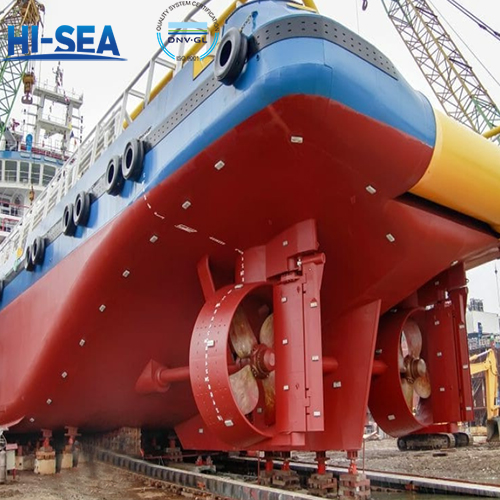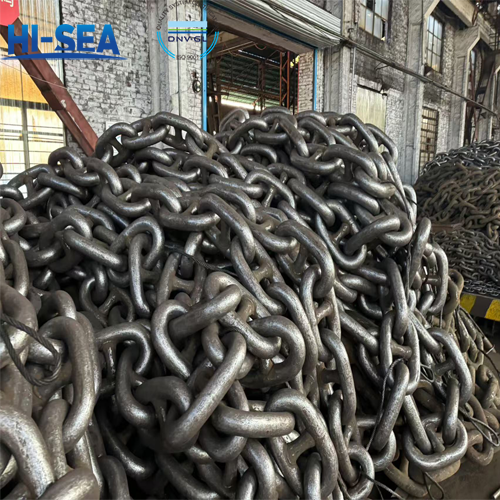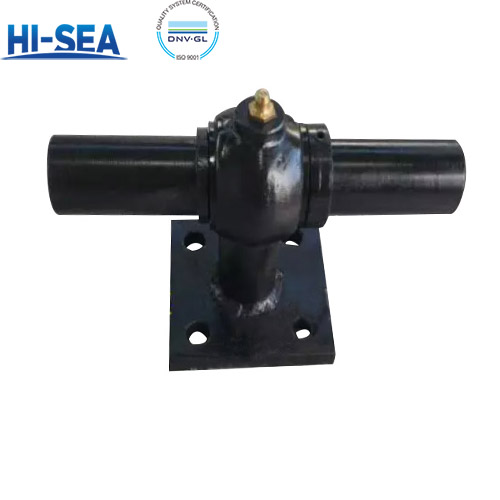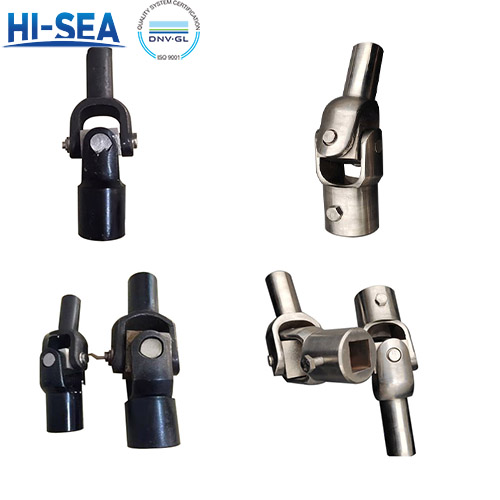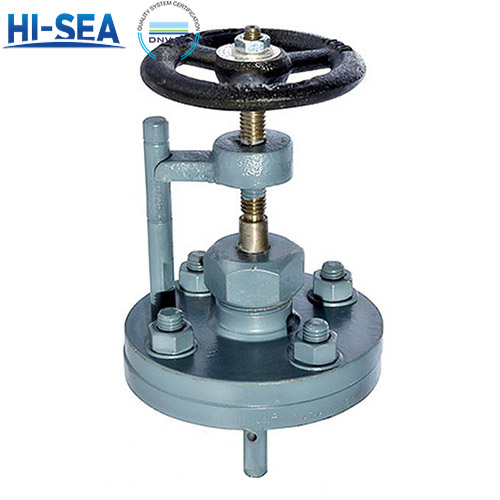
Marine Anode
Marine anode is a sacrificial metal device that is used to protect metal components of a boat or ship from corrosion. The anode is made of a metal that is more reactive than the metal it is protecting, such as zinc or aluminum. When the boat is in the water, the anode corrodes instead of the metal components, effectively sacrificing itself to protect the boat from corrosion. Marine anodes are typically attached to the hull, propeller, shaft, or other metal components of the boat.
Overview
Installation of Sacrificial Anodes in All Parts of the Ship
Ship Hull: Sacrificial anodes required for the hull shall be uniformly and symmetrically arranged on the touch keel and on the flow lines forward and aft of the touch keel.
Propellers and Rudder Blades: Sacrificial anodes required for propellers and rudder blades shall be arranged uniformly on the transom shell plate and rudder blade. However, sacrificial anodes shall not be arranged on the shell plate within 300 mm from the propeller blade tip and in the anode-free zone of a single propeller vessel.
Submarine Valve Boxes: Sacrificial anodes required for submarine valve boxes, side-thrusting conduits, and sonar converter traps shall be arranged on the inside of the valve boxes, water chambers, or traps; for propeller conduits, sacrificial anodes shall be arranged on the outer walls of the conduits.
Liquid Tanks: Sacrificial anodes in liquid tanks shall be reasonably located on the bottom and on tank components. Aluminium alloy anode is allowed to be used in oil-filled liquid tanks, and when the weight of aluminium alloy anode is more than 10kg, it should not be fixed at the height of 2.8m above the bottom of the tank. Aluminium alloy anode should not be located under the opening of liquid cargo tank and tank washing machine. Zinc alloy anode can be arranged without the above restriction.
Sacrificial anodes used for protection in liquid tanks should be evenly arranged on the position where the lowest liquid level is still submerged.
Ballast Water Tanks: Sacrificial anodes in ballast water tanks shall not be fixed on the hull plate; the ends of sacrificial anodes shall not be fixed on the separate members where relative displacement may occur; sacrificial anodes shall be fixed on the reinforcing material or on the position corresponding to the reinforcing material of plane tanks.
Sacrificial anodes shall not be distributed on the sectional seams (across both sides), and the ends shall be more than 30 mm away from the sectional seams, and the distance between sacrificial anodes and outfitting components shall be more than 40 mm.
Photos of the Marine Anode Installed on the Ship


